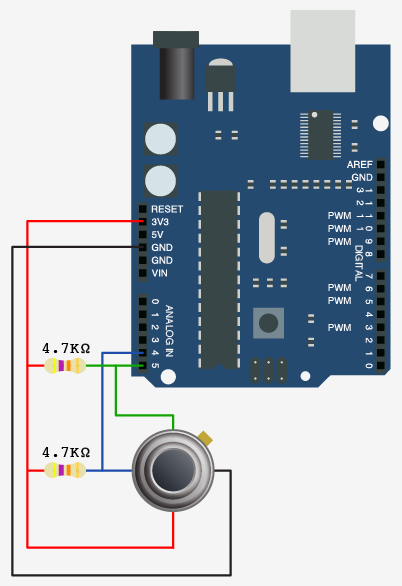The challenge the project addresses
The prefrontal cortex (PFC) is the region of the brain that governs what are designated as executive functions (working memory, mental flexibility, and self-control) and overall cognitive performance. Poor functioning of the PFC is associated with many disorders such as anxiety disorders, learning disorders, schizophrenia, attention deficit disorder (ADD) and autism, among others.
How can this project alleviate or solve the problem described above
Researchers and practitioners are shifting their efforts towards biofeedback techniques as the evidence piles up with good results and positive impact. Hemoencephalography (HEG) is a neurofeedback technique particularly geared to be used with the PFC region that benefits from an easy and simple setup and usage. Unfortunately commercial HEG systems cost hundreds to thousands of US dollars which make them hardly accessible to the general population. This is particularly appalling when you take into account the complexity associated with most of these commercial devices. This project aims to democratize the HEG technique by providing the plans to build a low-cost HEG system (under 40 US dollars) to conveniently use at home.
How can this be world changing
Acording to data from 2015 there are around 51.1 million people with ADD alone in the world. In the US alone, anxiety disorders account for around 40 million people. Migraine is the sixth highest cause of disability worldwide. And I would argue that anyone not performing to their full cognitive potential, could benefit from this technique.
It might not be groundbreaking but it surely can be game-changer, for everyone.

library management system is the very helpful and informative system for those people who wan to become a librarian in the future.